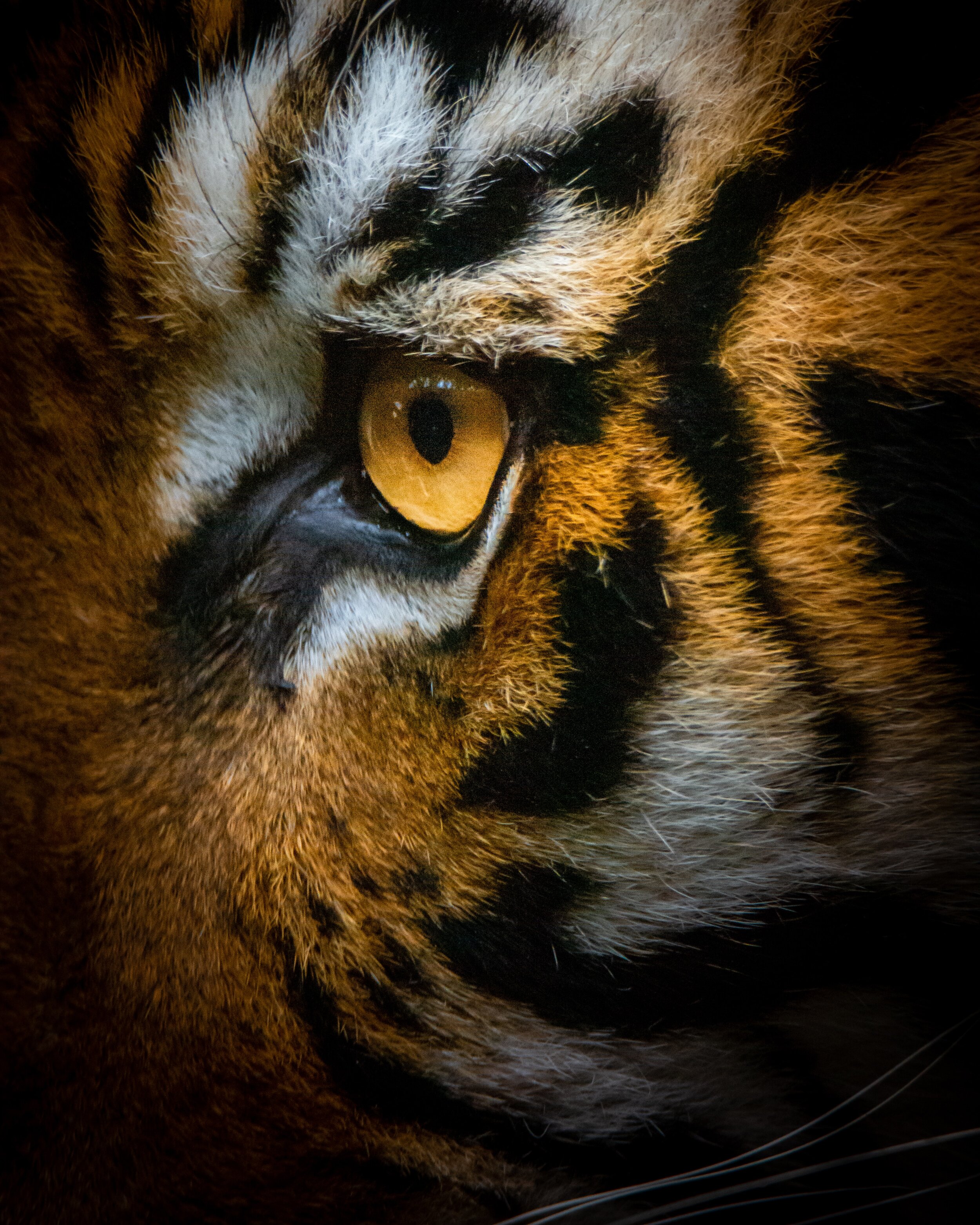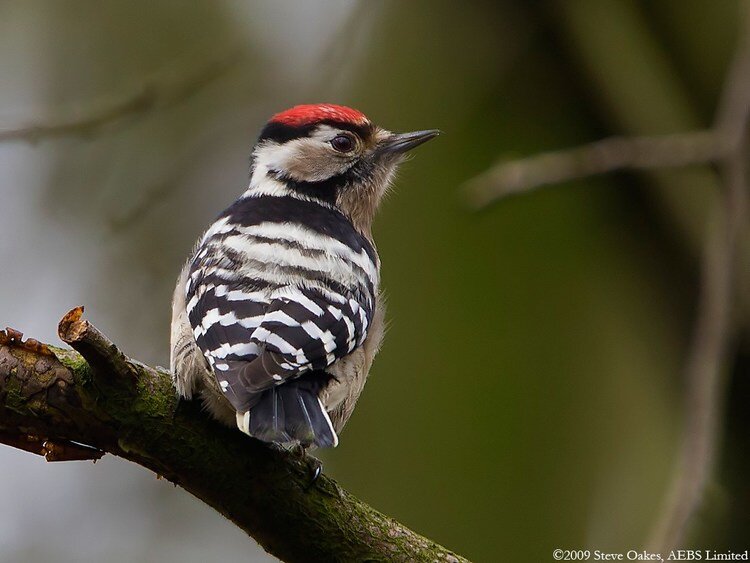By Maddie Stannard.
The wild roots of Britain lay dormant, with lynx, wolves, wild boar, disappeared from our once bountiful and full landscapes. In the current discussion of what it means to rewild Britain, and make our land less people-pleasing and more nature-friendly in terms of wild recovery, ideas of bringing back some of these species have been thrust into a colossal whirlpool of conservation and ecology. But what if Britain has already been ‘rewilded’, secretly, behind the theatrical curtain? What if our landscapes are already blessed by animals shrouded in myth and mystery? And what if, they’ve been here the whole time?
Are there big cats lurking in our landscapes?
The sensation of being watched despite being totally alone. Stumbling upon prints in frozen mud, larger than anything you’ve seen before. Folklore and myth shared over a pint in the pub, disbelieving stares. Tell-tale signs that we are not as alone on our countryside walks as we think are. Trademark remnants of something stalking our livestock, slinking across farmer’s fields and golfer’s greens, in the early mornings and the hazy glow of dusk.
Big cats.
Not just your larger than average domestic tabbies, not just your strolling Maine Coons, but felines once thought to be extinct in this country, or to have never belonged here at all. Lynx, puma, jaguar, leopard. What if they’re here, hiding in the shadows during their cat-like prowls, scaring dog-walkers or awe-inspiring lorry drivers who witness their fluid movements before the headlights? What if Britain’s big cats have rewilded themselves?
Black panthers are one such animal believed to be stalking the UK, with sightings and reports of farm animals being savaged.
It’s no secret that thousands, perhaps hundreds of thousands of Britons have stumbled across a sighting of a supposed big cat; whether they are to be believed or not is a different matter. After all, big cats couldn’t survive here, correct? Big cats couldn’t breed here, no? And they certainly couldn’t have been living here for decades, unseen and unheard of, with no proof or evidence, no photographs or print marks found, surely?
But what if I were to tell you that these things have happened? That a surge in big cat releases after the 1976 Dangerous Wild Animals Act could have led to a potential estimated breeding population of around 250 cats in the UK, that a curated Canadian lynx found in the basement of Bristol Museum and Art Gallery, a species which went extinct here in the 7th century, showed signs of release. Countless people have reported seeing the tawny coat of a big cat bounding over stone walls, scientists have forensically analysed sheep carcasses to find data suggesting predation and tooth marks by a large feline. Maybe we don’t need to re-introduce the Eurasian Lynx to British countryside; maybe, just maybe, it has re-established itself.
Eurasian lynx.
And excitingly, it isn’t just lynx that are rumoured to be making a home in our deciduous woodlands, our forested glades. The elusive and most infamous black panther sightings, the ones which perhaps evoke the most fear-inducing, awe-inspiring, responses in us as we yearn for more, for another glimpse of a creature so shocking that we maybe keep our sighting to ourselves, for fear of being ridiculed or labelled crazy. But is it so crazy to believe that these animals, melanistic leopards or jaguars, have settled here, hardy and tenacious as they are? The ultimate predator, shy and secretive.
Is it so hard to believe that something can exist outside of what we rigidly allow ourselves to expect? Nature surprises me on the daily, and we can’t all be crazy. We can’t all be drunk, or fatigued, or suffering from a shocking lack of perspective when we see the graceful and languid swish of an elongated tail, from a perch upon a rock. We can’t all be daydreaming when we see a loping shape, so immensely feline, traverse the path or road ahead of us in the drizzling rain. Each and every sighting of a supposed big cat in this country has something to take away from the experience, regardless of truth and reality; there is an ancestral part of us, hidden away, entranced by the magic of the truly wild, that is rooting for a time long passed.
















































